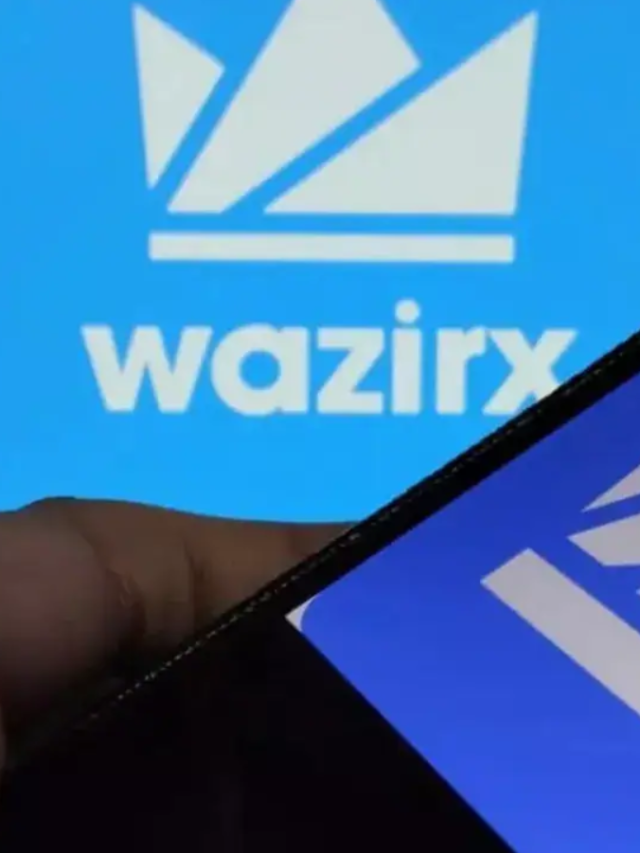DeFi took the world of finance and turned it on its head. At the heart of this revolution, DeFi applications were allowing money management with no meddlesome interference from middlemen. Within such applications, one of the integral components contains liquidity pools. A decent understanding of liquidity pools is thus important to comprehend how DeFi applications function and thrive.
What are liquidity pools?
Liquidity pools are collections of funds locked in smart contracts. The pools serve as the source of liquidity needed for the functions involved in a decentralized trading platform. Users contribute their assets to the pool, which is set up for others to trade or borrow. This often comes with some sort of compensation to the contributors.

How Liquidity Pools Function in DeFi Apps
Liquidity pools are among the most integral entities when it comes to DeFi applications. When depositing assets in a liquidity pool, you are basically providing the ability for trading on DEXs. The traders will have the ability to change their tokens quickly without waiting for either a buyer or a seller. The good thing about a liquidity pool is that there would always be ample liquidity for any transaction to go through.
Advantages of Using Liquidity Pools in DeFi Apps
Liquidity pools have some positive aspects. First, they enhance trading performance by guaranteeing adequate liquidity: you can buy or sell an asset without moving the price too much. Second, providers collect fees for the trades that are made inside the pool. This incentivizes contributions in assets.
Risks Associated with Liquidity Pools
Liquidity pools do come with a number of benefits, but also some risks. One of the most common issues with liquidity pools is impermanent loss. This occurs when the valuation of the tokens that you deposit differs from the valuation at which you withdraw them. Secondly, smart contract vulnerabilities may lead to possible security risks due to bugs or hacks within the pool.
Importance of Liquidity Pools within the DeFi Ecosystem
Liquidity pools form an important backbone in DeFi apps, creating avenues for quick and efficient trade executions. Without such pools, running decentralized exchanges is basically not possible. To put this in a simple manner, they create the backbone that allows for trading and lending within the space.
How to Get Started Investing in Liquidity Pools Using DeFi Apps
It is relatively easy to get started with a liquidity pool. First, you will need to choose a DeFi application that offers the services of a liquidity pool. They include Uniswap, SushiSwap, and PancakeSwap. Once you have identified the ideal platform for you, you will connect your cryptocurrency wallet. Deposit your assets in the pool. You would be given pool tokens in return, which would represent your contribution.
Key Considerations of Liquidity Pool Participation
First, there are a couple of important things to think about before entering into a liquidity pool. Consider fees for joining the pool and rewards that are likely to be gained from this. Research the security of the DeFi app. Give thought to the general reputation of the platform. Lastly, know the risks involved, which include impermanent loss, and be prepared to handle them.
The Future of Liquidity Pools in DeFi Apps
The future of liquidity pools in DeFi applications is really bright. With every passing day, more and more innovations are making the concept more functional and productive. New forms of liquidity pools are coming up to offer better rewards with reduced risks. In the near future, when the DeFi ecosystem starts growing, liquidity pools will remain one of the core elements and will keep pushing the evolution of decentralized finance.
Innovations and Trends in DeFi Liquidity Pools
Recent trends in the DeFi liquidity pool markets involve the introduction of AMMs that optimize trading strategies. Most are designed to minimize impermanent loss and maximize returns for their liquidity providers. A number of cross-chain liquidity pools have also started to appear, enabling the assets of different blockchains to be utilized together.
How You Can Maximize Your Returns from DeFi Liquidity Pools
Invest in liquidity pools that are relatively large in volume and have lower fees to realize better returns. Diversifying will help to distribute risk across the pools. Be sensitive to changing conditions in DeFi and continue adjusting in a manner that is continuously informed through decisions. It is also good to refer to community forums and expert analyses.
Conclusion:
Liquidity pools are a basic building block of DeFi apps: they guarantee liquidity supply, make trading smooth and effective, and even rewarding for their participants. Of course, there is always some kind of risk, but learning how the pool works and keeping yourself aware of the latest news protects you from most troubles that may appear in the process. While the space keeps changing, liquidity pools are going to stay at the forefront of all growth and expansion within the frames of the DeFi space.



















